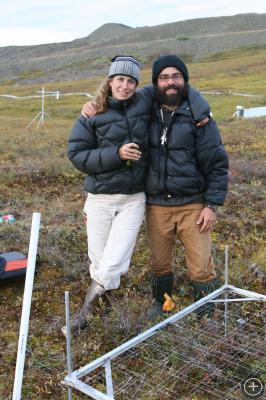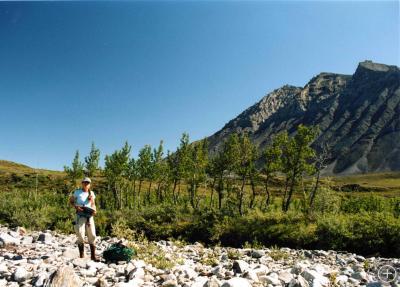
Studying the impacts of climate change on tundra ecosystems
How will global warming affect delicate polar ecosytems? Amy Breen and other scientists involved in the International Tundra Experiment (ITEX) hope to answer that question by artificially warming plots of tundra. They do this by laying out small open-top greenhouse chambers on the tundra, exposing plant communities to excess heat (about 1°–3°C above normal). This long-term experiment compares the experimental plots to unaltered plots to study the potential impacts of global warming. At Toolik Field Station in northern Alaska, the ITEX project also investigates how increased snowpack affects tundra plants. It’s important to look at both because climate predictions call for warmer temperatures and increased snowpack in the Arctic.
Research at Toolik Lake and the larger ITEX project (as well as other locations across the circumpolar north) has shown that the biodiversity of tundra plant communities will change rapidly in response to a warming climate. Evidence suggests that biodiversity will initially decrease with warming, individual plant species could be lost, and shrubs will increase in abundance in the tundra. Increasing coverage by shrubs can amplify climate warming because darker shrubs poke above the snow and absorb more solar radiation in winter than the typical low-growing, snow-covered tundra plants.











